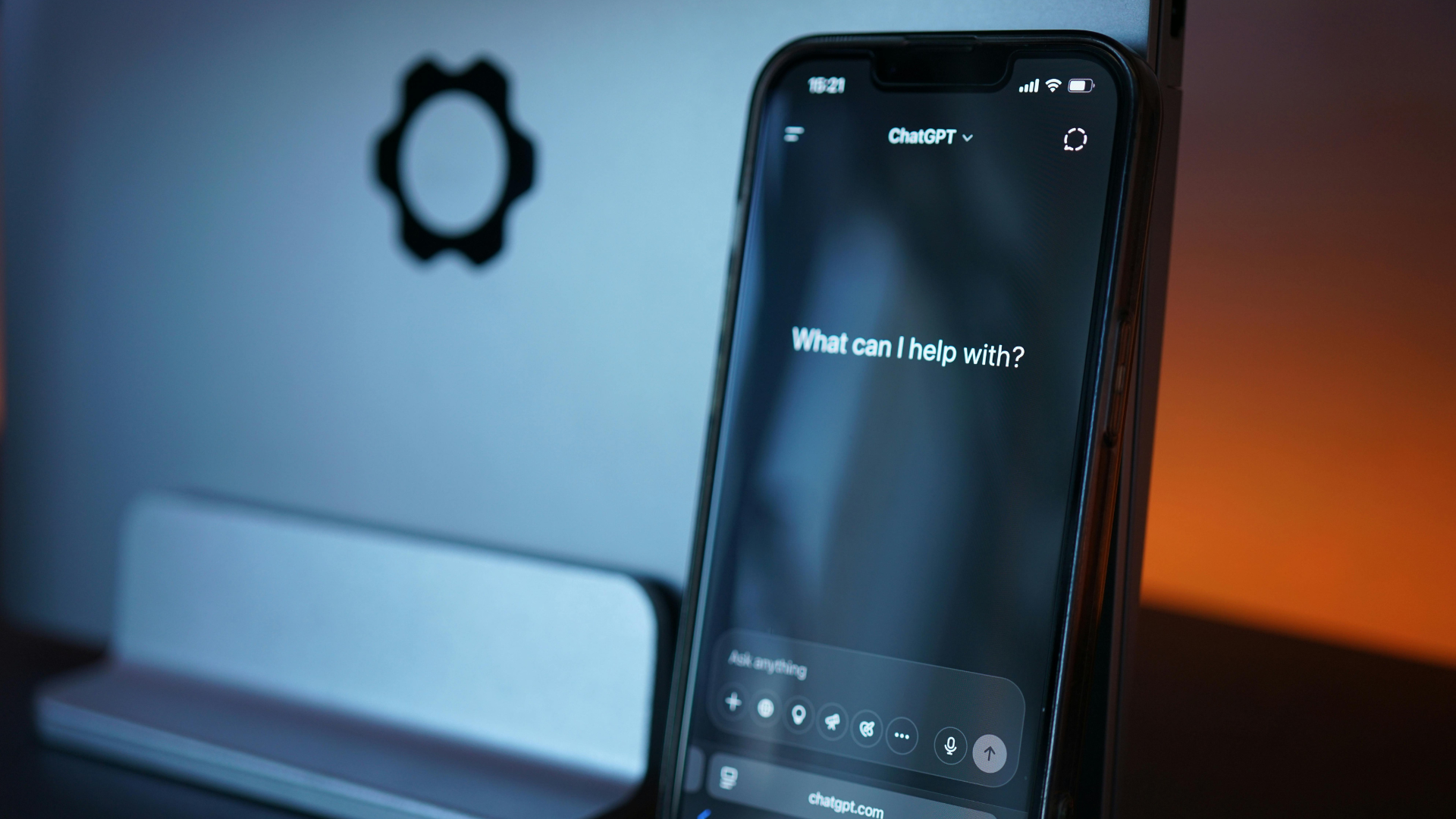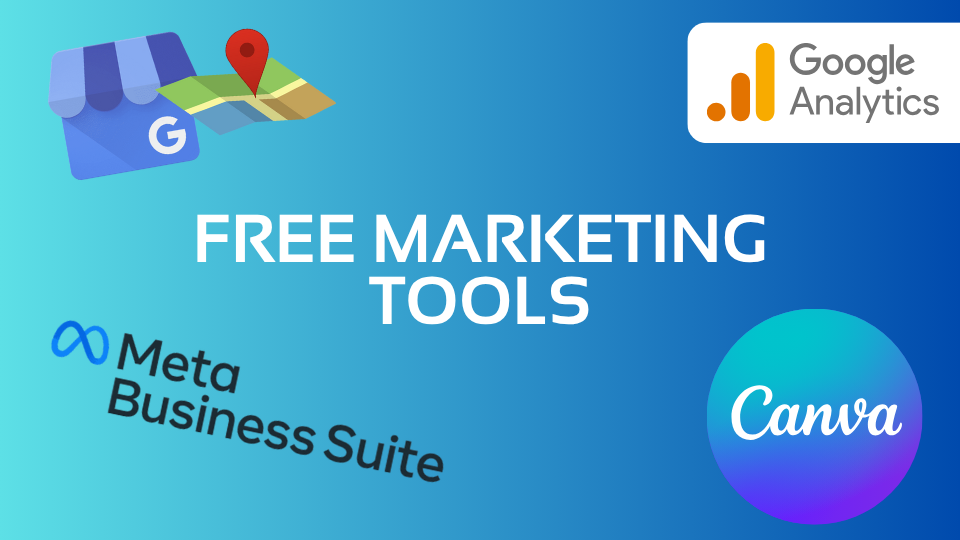The Evolution of Memes in Social Media
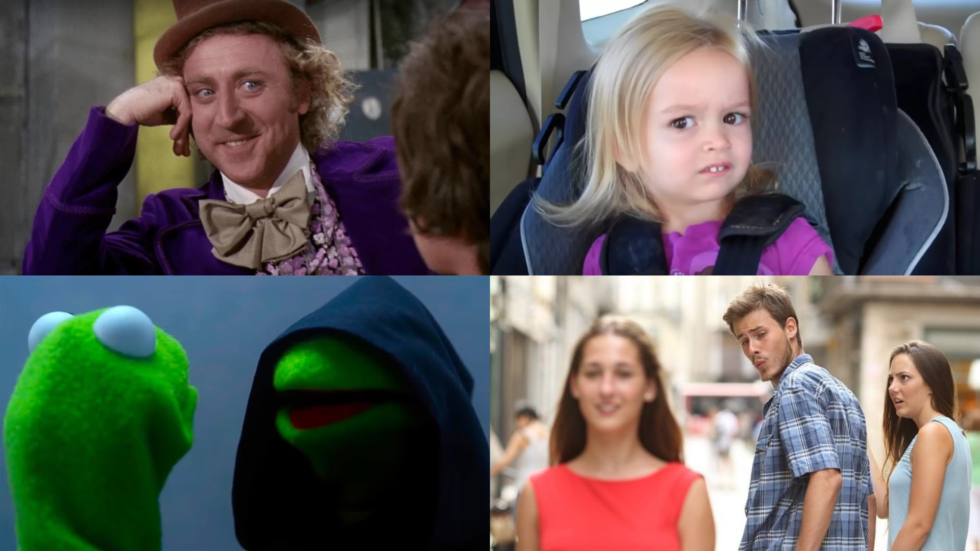
What is a meme?
A meme—a seemingly simple four-letter word—has one of the most profound impacts on the internet and social media. But what exactly is a meme? According to the Merriam-Webster Dictionary, it is defined as “an amusing or interesting item (such as a captioned picture or video) or genre of items that is spread widely online, especially through social media.”
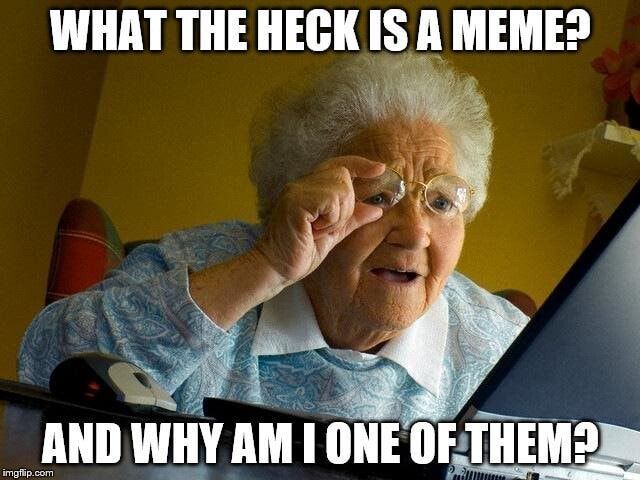
How do these digital pictures and videos manage to become a staple of our current culture?
As humans, we crave a sense of relatability in our lives, whether through relationships or the entertainment we consume. Memes, with their captions and visuals, often convey a message or joke that resonates with people. These messages are typically infused with humor, making them even more relatable. When we see memes that reflect our own experiences, they create a feeling of connectedness. This sense of connection often leads to engagement with the post—whether by liking, commenting, sharing, or even creating personalized versions of it.
Memes did not appear out of nowhere. They have their own historic timeline!
For the concept of viral memes, those didn’t start to grow until the year 2007. In 2007, a video was posted on YouTube called “Charlie Bit My Finger–Again.” This video became one of the first viral videos to exist from a social media platform. Currently, the video has a viewer count of 886 million views as of 2025.
Then in 2013, the social media app Vine was introduced. Vine quickly became a popular platform, allowing users to record and share short-form videos. It was here that memes began to truly thrive and go viral. The app enabled users to comment on, like, and share videos with friends or across other social media platforms like X (formerly Twitter) and Facebook. This widespread sharing allowed memes to circulate more consistently and reach a diverse range of demographics.
What are the different types of memes?
As memes continued to grow on social media platforms, so did the types of memes.

1. Normie/Universal Memes
Normie/Universal Memes are types of memes that have broad appeal that anyone can understand, regardless of specific subcultures, niche interests, or internet in-jokes. They are often lighthearted, non-offensive, and relatable, making them accessible to a wide range of people.
Examples of normie or universal memes include the “This is fine” meme, which features a dog calmly sitting in a burning room, representing acceptance of chaotic situations; the “Distracted Boyfriend” meme, where a man looks at another woman while his partner reacts, often used to depict relatable life scenarios; and the “Mocking Spongebob” meme, where Spongebob repeats statements sarcastically.
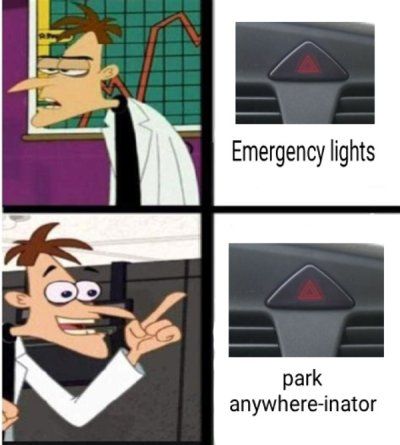
2. Dank Memes
Dank memes are a category of memes that are often characterized by their absurdity, surreal humor, or niche appeal. They frequently involve exaggerated, nonsensical, or highly specific content that can be edgy, bizarre, or intentionally low-quality. Dank memes thrive in internet subcultures and often push the boundaries of traditional humor, making them less accessible to general audiences or “normies.”
Examples of dank memes include the “Doofenshmirtz Evil Incorporated” meme, where Dr. Doofenshmirtz from Phineas and Ferb is humorously remixed into absurd or surreal scenarios, often paired with his quirky inventions. Another example is the “They Had Us in the First Half” meme, featuring a high school football player, used ironically to describe unexpected or misleading situations. The “Surprised Pikachu” template, frequently overused in hilarious and unexpected contexts, also finds a home in dank meme culture when paired with absurd scenarios.

3. Deep Fried Memes
Deep-fried memes are a specific style of memes characterized by their heavily edited and over-processed visuals. These memes often feature exaggerated elements like oversaturated colors, extreme contrast, pixelation, and distortion, giving them a chaotic and absurd aesthetic. The “deep-fried” name refers to how the visuals appear as though they’ve been “cooked” or edited so much that they’ve reached an extreme, almost unrecognizable state.
Deep-fried memes exaggerate the absurdity and chaos of internet humor, creating a style that feels intentionally “too much,” often for comedic or ironic effect. They blur the line between nonsense and hilarity, becoming a cornerstone of modern meme culture.
What are some ways that businesses could use memes on social media to grow?
Memes are a creative way for businesses to engage with their audience, allowing them to connect with current internet culture. By incorporating trending memes that resonate with their audience or sharing popular ones, businesses can demonstrate their relevance and relatability.
Highly shareable memes can help businesses expand their reach. The humor behind them allows brands to showcase their personality and engage with their audience on a more casual level.
Additionally, memes offer a fun, non-promotional way to subtly highlight products or services.
By using memes to respond to comments and interact with customers, businesses can further demonstrate their brand’s personality and foster a sense of community.
